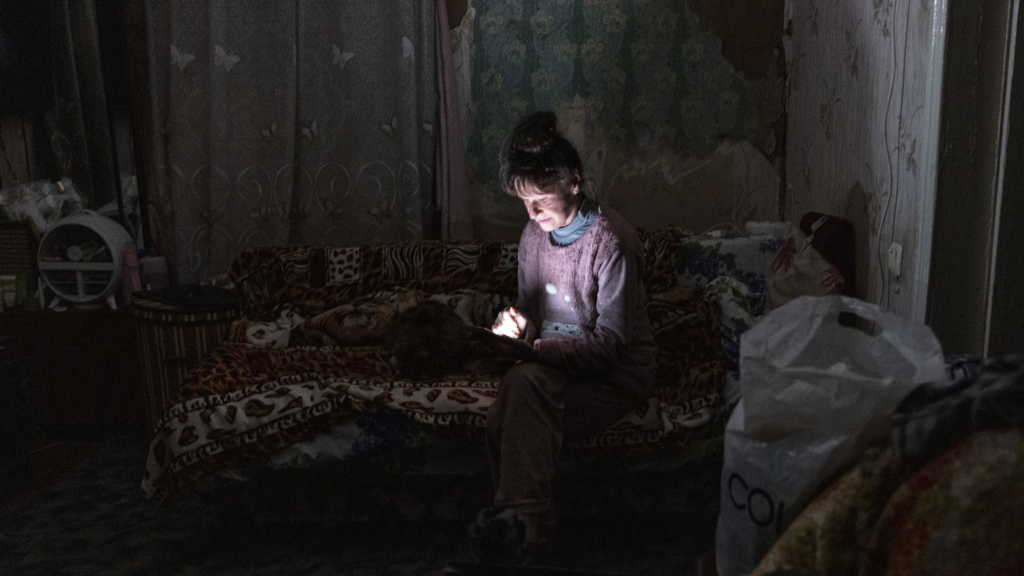A smoldering chemical reaction brewing deep inside the recently closed Chiquita Canyon Landfill in Castaic now threatens to consume an entire 160-acre canyon of buried waste, endangering a storage area for hazardous liquid waste, according to state officials.
The California Environmental Protection Agency and state Department of Toxic Substances Control say the situation poses “an imminent and substantial danger” to public health and the environment, and ordered the company to take corrective measures or face fines of up to $70,000 daily.
The scorching-hot chemical reaction has been burning garbage deep underground in a 30-acre portion of Chiquita Canyon Landfill for nearly three years, causing noxious odors to drift into nearby neighborhoods and hazardous leachate to spill onto the surface.
Although the landfill representatives have insisted the chemical reaction had largely been contained to that 30-acre area, California environmental regulators say there’s evidence that it has expanded to about 90 acres, citing abnormally high temperatures and carbon monoxide emissions in new areas, according to a new state analysis and enforcement action.
Without further action, state officials expect the reaction to continue to grow and burn trash for a decade or more.
“There is no proposed barrier to prevent the reaction from consuming the entire facility,” a March 28 CalRecycle report reads. “The reaction area is expanding, and the current containment strategy has failed.”
Waste Connections Inc., the landfill owner and operator, disputed the state’s findings.
The company “disagrees with a number of statements and allegations made by some of its regulators and the conclusions they are drawing from the data,” Steve Cassulo, the landfill manager, said in a statement. “[Our staff] believes the data show that the mitigation efforts undertaken to date have had positive results to the stated goal of slowing the reaction.”
According to state officials, some parts of the landfill are rapidly collapsing as large amounts of buried waste are burnt or break down. This includes an area underneath one of the landfill’s tank farms — a collection of storage containers used to store and treat hazardous leachate. Deep cracks and sinkholes have also formed on the landfill’s surface near these leachate storage containers.
State regulators worry that damage to the tank farm would cause chemical-laden leachate to spill onto the landfill’s surface and potentially into nearby sources of water.
State agencies have ordered Waste Connections to relocate the tank farm to prevent hazardous chemicals from seeping into groundwater or spilling into storm drains that feed into the Santa Clara River.
The leachate spills also pose a threat to local air quality. When the scalding-hot leachate spills onto the surface, some of the toxic chemicals can evaporate, including benzene — a cancer-causing chemical found in cigarette smoke. Some leachate samples contained benzene levels so high that they were considered hazardous waste under federal standards.
Residents have phoned in thousands of odor complaints to the South Coast Air Quality Management District. Many say they have experienced headaches, nosebleeds and difficulty breathing.
State Assemblymember Pilar Schiavo (D-Chatsworth), who represents the neighboring communities of Val Verde and Castaic, petitioned for the state to declare a state of emergency, underscoring the serious and long-lasting health risks from exposure. The Newsom administration denied the request, saying an emergency proclamation would not assist response efforts.
“The tanks where they’re treating the toxic liquid, the ground is becoming unstable,” Schiavo said. “That’s just an absolute nightmare situation. The leachate has so many horrific chemicals that will make people sick. And unfortunately, you know, I haven’t heard of a solution. There’s no silver bullet for this kind of situation.”
“How this is not one of the biggest disasters that we are all talking about boggles my mind,” Schiavo added.
In the past, the extreme heat from the reaction area has caused pressure to build up. Toxic leachate occasionally erupted and spilled onto the landfill’s surface. As a result, the landfill has been proactively extracting leachate to alleviate the pressure. Last year, nearly 63 million gallons of leachate were collected.
In addition to relocating the tank farm, state regulators are also requiring Waste Connections to install a barrier to prevent the chemical reaction from moving farther south. If the reaction spreads there, the heat and instability could trigger a landslide, potentially blocking the main entrance to the landfill.
The state also is requiring the landfill to expand its synthetic cover system across the entire main canyon to help suppress fumes.
“Enough is enough,” director Katie Butler of the Department of Toxic Substances Control said in a statement. “For too long, residents in Val Verde and Castaic have suffered as this environmental crisis worsens. And the landfill’s strategy is not working. This order requires tangible actions to contain the reaction and reduce impacts. DTSC will enforce it to the fullest extent the law allows.”

